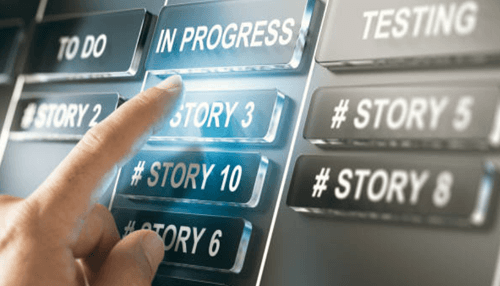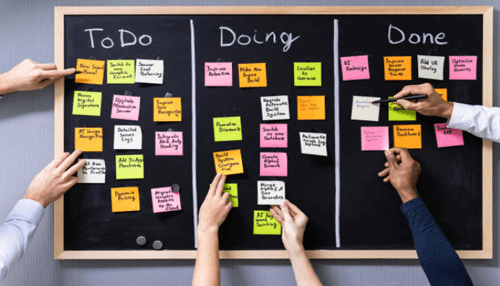Introduction: What is Agile Methodology?
An agile methodology is an iterative approach to project management. It aims at breaking down complex projects into small and manageable tasks. These tasks are completed in short iterations during the project cycle for project completion. Agile project management was developed by 17 people in 2001. It has since then been incorporated by many organizations for effective project management. Consistent with its literal meaning, Agile methodology focuses on enabling quicker changes. The key areas of focus include- transparency, customer focus, adaptability, sense of ownership, and continuous improvement. Some of the key aspects shedding light on what the agile methodology are discussed below:
Benefits of Agile Project Methodology
Agile methodology helps project teams to adapt and respond quickly. They can change direction and focus faster compared to the traditional project management approach. Business dynamics change very quickly in industries like software, marketing, etc. Agile project management can be of particular help in such sectors. Agile methodology values and focuses on the human element in project management. It emphasizes the importance of human interactions instead of relying too heavily on processes and tools. This makes it a more intuitive and flexible project management approach.
Change is generally seen as a negative in traditional project management processes. It is something that the project manager avoids as it can alter the project cost. However, Agile methodology welcomes changes during the project. It allows for continuous and ongoing changes during a project. You can add changes to each sprint and ensure the changes are taken up by the project team for execution.
The Agile methodology also involves customers over contract negotiations. Involving both internal and external customers ensures that the final product meets their needs better.
Key Components of Agile Project Management
The key components of agile project management are as follows:
User Stories
User story is a high-level definition of a work request. A user story will have enough details for the project team to generate an estimate of the work effort. It helps the project team to estimate the resources needed for completing the project. User stories are written from the perspective of the users and help to outline the client’s needs.
Sprints
Sprints are short iterations which can span from one to three weeks. The team task is divided during the sprint meetings. The objective of these meetings is to repeat the sprints until the task is completed successfully. After completing the sprint, you must review the product and verify if it is working as planned. If any changes are needed, then begin another spring to make the necessary changes and complete the project.
Stand-Up Meetings
Stand-up meetings are also known as daily scrum meetings. These meetings are a tool to ensure all project team members are in sync and on track. The word stand-up is used as these daily meetings are conducted in a standing position. This helps to keep the meeting short and to the point.
Agile Board
The agile board is like a dashboard that helps you track project progress. It can be in the form of a whiteboard with sticky notes. You can also use the Kanban board or any other automated tool for this purpose. The Agile board helps you identify issues and take corrective action to keep the project on track.
Backlog
Project requests are added through the intake system and they become outstanding stories in the backlog. During the sprint sessions, these stories in the backlog are moved to the sprint. This helps the project team to take up these stories for completion during the next iteration. Proper management of backlog is critical in Agile project management.




